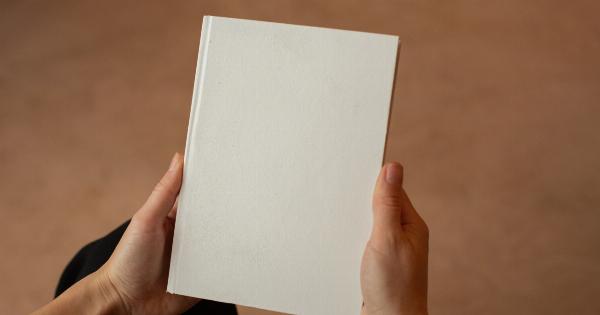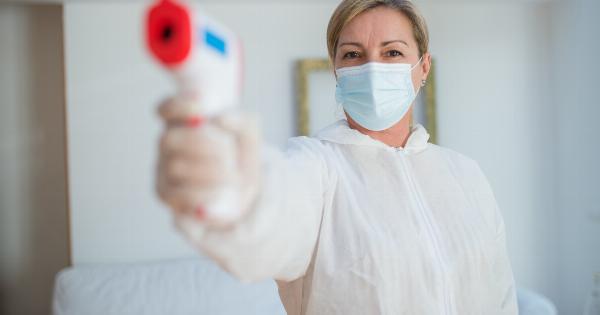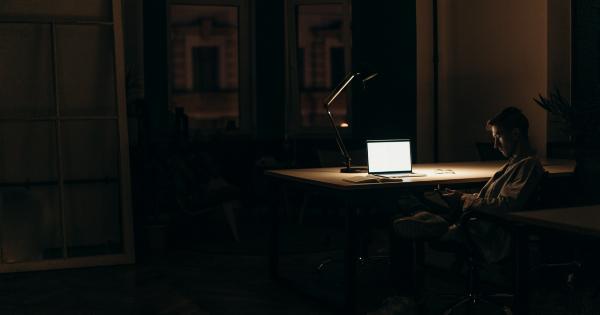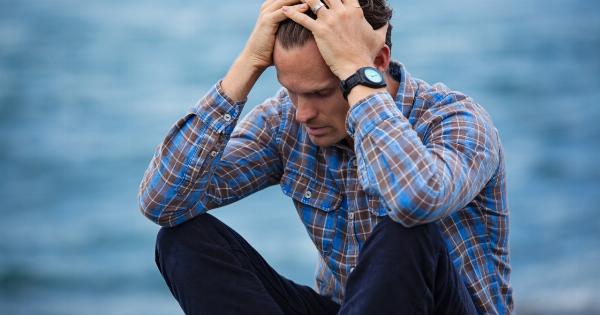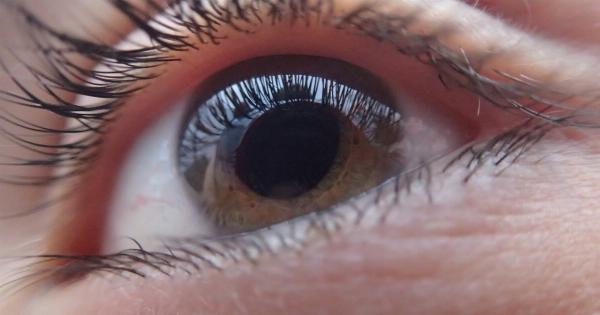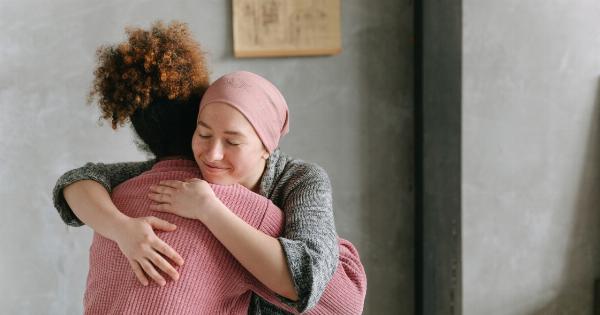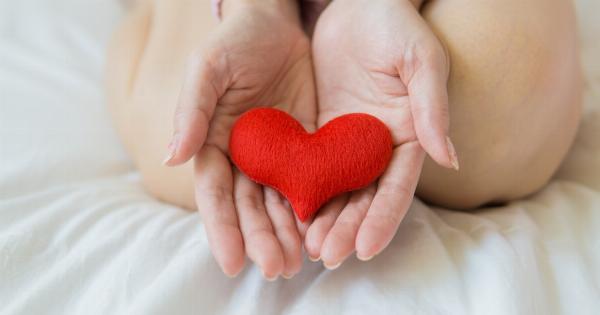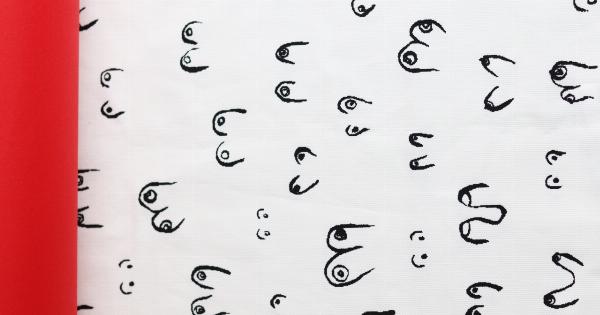Pimples on the genital area can be a source of concern and discomfort. They can occur on the penis, scrotum, vulva, or labia. In most cases, these pimples are harmless and can be treated with simple home remedies or over-the-counter solutions.
However, it’s important to understand the common culprits behind these pimples to determine the appropriate course of action.
1. Genital Acne
One of the most common causes of pimples on the genital area is genital acne. Just like facial acne, these pimples occur when the hair follicles or sebaceous glands become clogged with oil, dead skin cells, or bacteria.
Genital acne typically appears as small, red bumps or whiteheads and can be accompanied by mild itching or discomfort.
2. Razor Burn or Folliculitis
Shaving or waxing the genital area can sometimes lead to razor burn or folliculitis, which is the inflammation of hair follicles. This can cause small red bumps or pustules around the hair follicles. Itching and discomfort are common symptoms.
Proper shaving techniques and using a clean razor can help prevent razor burn or folliculitis.
3. Contact Dermatitis
Contact dermatitis occurs when the skin comes into contact with an irritant or allergen, leading to an allergic reaction or rash. Chemicals in soaps, detergents, lubricants, or even certain fabrics can trigger contact dermatitis in the genital area.
This can result in redness, swelling, and itchy, pimple-like bumps.
4. Sexually Transmitted Infections (STIs)
Some sexually transmitted infections, such as genital herpes, genital warts, or syphilis, can cause the formation of pimples or blisters in the genital area. These pimples are often accompanied by other symptoms, including pain, itching, or discharge.
If you suspect an STI, it’s important to seek medical attention for proper diagnosis and treatment.
5. Molluscum Contagiosum
Molluscum contagiosum is a viral skin infection that can cause small, flesh-colored bumps in the genital area.
These pimple-like bumps may have a central dimple or plug and can be spread through skin-to-skin contact, sexual contact, or contaminated objects. Molluscum contagiosum can resolve on its own over time, but treatment may be necessary to prevent spreading.
6. Fordyce Spots
Fordyce spots are small, yellowish-white bumps that can appear on the genitals. They are a result of the sebaceous glands and are completely harmless.
Fordyce spots are more prominent in individuals with naturally oilier skin, and they do not require treatment unless they cause cosmetic concern.
7. Hygiene and Sweat
Poor hygiene or excessive sweating in the genital area can contribute to the formation of pimples. Sweat and moisture can clog the pores, leading to inflammation and the development of acne or folliculitis.
Maintaining proper hygiene and keeping the genital area clean and dry can help prevent these pimples.
8. Hormonal Changes
Hormonal fluctuations, particularly during puberty, menstruation, or pregnancy, can trigger the development of pimples in the genital area. Increased oil production and changes in skin cell turnover can contribute to acne or folliculitis.
Understanding and managing these hormonal changes can help reduce the occurrence of pimples.
9. Ingrown Hairs
Ingrown hairs can occur when hair follicles curl back or grow sideways into the skin instead of growing outwards. This can lead to the formation of red, painful bumps in the genital area. Shaving or waxing can increase the risk of ingrown hairs.
Gentle exfoliation and proper hair removal techniques can help prevent ingrown hairs.
10. Cysts or Abscesses
In some cases, pimples in the genital area may be cysts or abscesses. These are usually larger and more painful than regular pimples. Cysts are sacs filled with fluid or pus, while abscesses are collections of pus caused by bacterial infections.
These conditions often require medical intervention, such as draining or surgical removal.
When to Seek Medical Help
While most pimples on the genital area are harmless, there are certain situations where medical assistance should be sought:.
- If the pimples worsen, show no signs of improvement, or become increasingly painful
- If the pimples are accompanied by other concerning symptoms, such as fever or flu-like symptoms
- If there is an unusual discharge, bleeding, or open sores
- If there is a known exposure to a sexually transmitted infection
Treating Pimples on the Genital Area
The treatment for pimples on the genital area depends on the underlying cause. Here are some general guidelines:.








